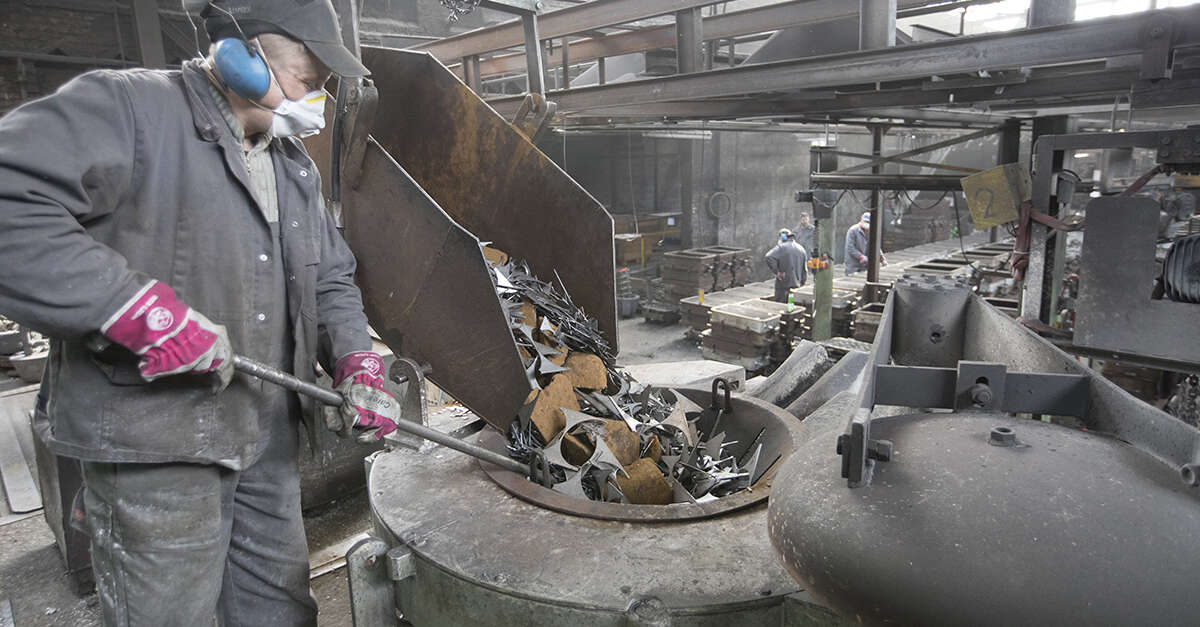In October 2011, a new EU directive changed the metal recycling industry. In response to research undertaken by the European Commission, the regulation affects scrap metal and set out specific guidelines to determine when iron, steel and aluminium scrap ceases to be classed as waste and can be used as feedstock for steel works, foundries, aluminium refiners.
Using scrap metal instead of raw material addresses several environmental concerns, including the expense and increased difficulty of extracting ores and what to do with the vast amounts of waste scrap metal. The process to remelt scrap consumes less energy than using raw materials which, ultimately, emits less of the greenhouse gas CO2.
At the heart of the directive is ensuring that the waste meets the technical requirements of the metal producing industry, including compliance with existing legislation on hazardous materials. The ‘end-of-waste’ scrap must go through a recovery process that results in iron, steel and aluminium being free of hazardous properties and low in non-metallic compounds. In order to meet the non-waste criteria, recycling facilities need to provide quality information on the metal that have been through their processes and ensure a robust quality management system is in place.

Iron, steel and aluminium scrap must be graded according to a customer specification, industry specification or to a standard suitable for direct use by steel works or foundries. For iron and steel, the total amount of foreign materials must not exceed 2% by weight, where foreign materials are non-ferrous metals, combustible non-metallic materials, non-conductors of electricity and residues (dust or sludge for example).
Aluminium has similar criteria, but the total amount of foreign material must not exceed 5% by weight.
A recycling facility quality management system must include the following:
The OE750 is a revolutionary new OES spark spectrometer from Hitachi High-Tech. With a level of detection performance never before seen in an instrument in this class, the OE750 brings affordable metals analysis to scrap metal recycling facilities.
For example, the OE750 can detect all trace elements in iron, steel and aluminium to the lowest detection limits. This means it can detect zinc in steel to a level of 0.5ppm. It can detect boron and lead in cast iron to below 10ppm. Designed to be fast and easy to use, the OE750 is compact and robust, ensuring it slots easily into your metals recycling process and helps you fulfil the end-of-waste metals requirements.
To find out more about how the OE750 can help you fulfil your end-of-waste metals recycling requirements, get in touch to arrange a demo.
Get in touch